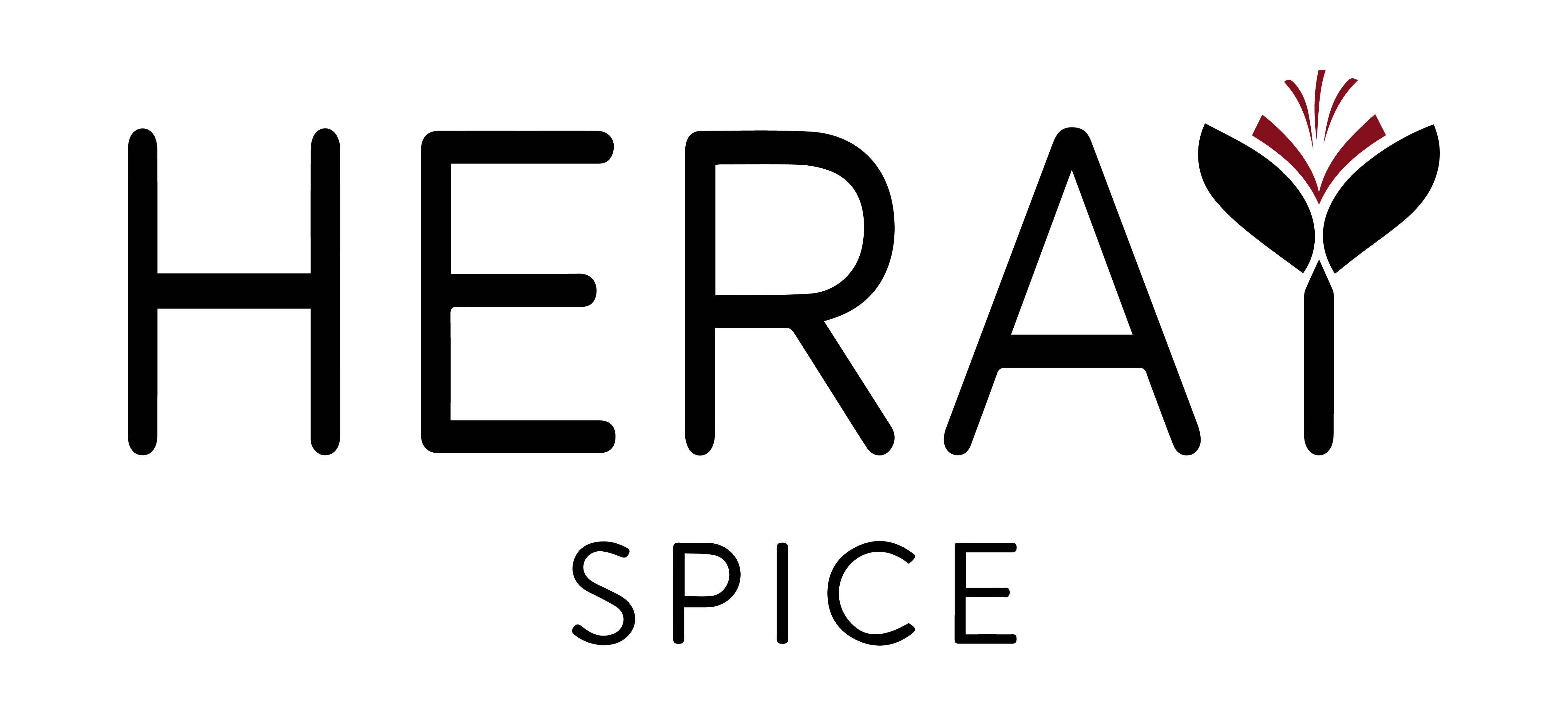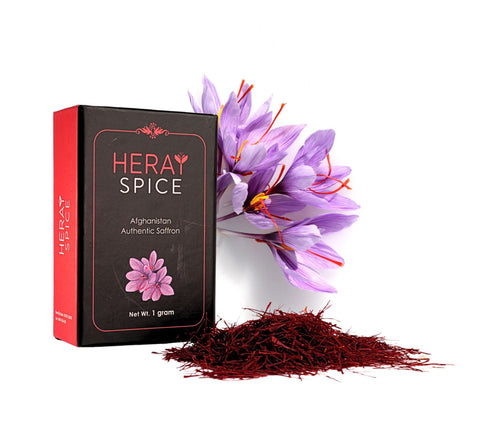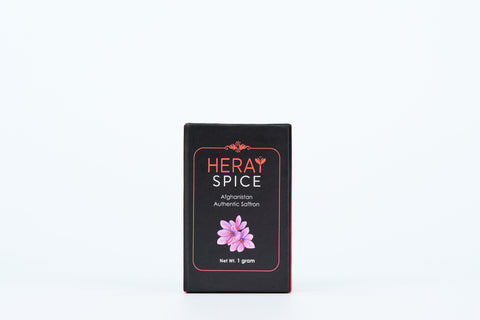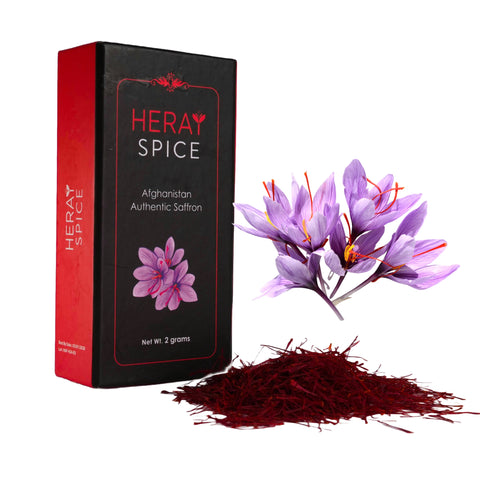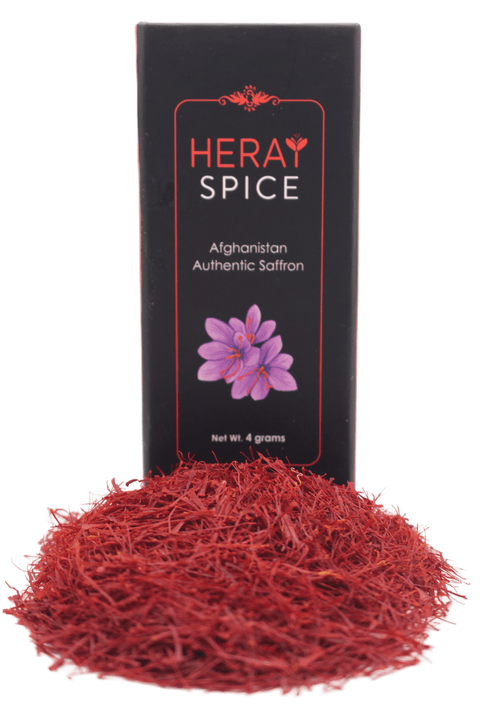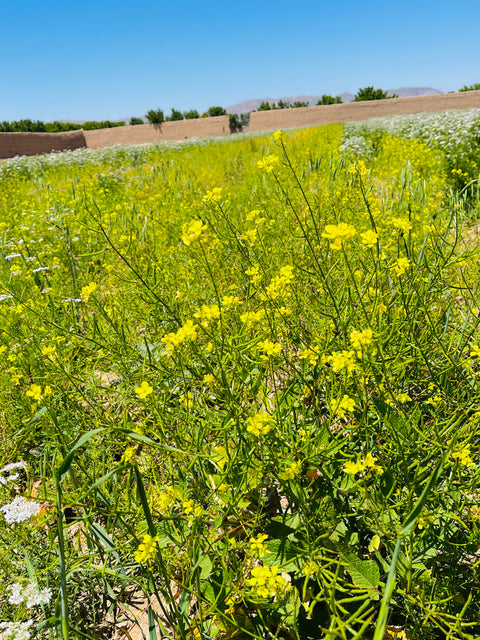With its gorgeous color and distinct flavor, this ancient spice is worth the price tag.
What Is Saffron?
Believed to have first been discovered in Bronze Age Greece, saffron has been cultivated for thousands of years for use as a spice, dye and medicine. Saffron comes from the stigmas of crocus sativus, a flowering plant in the iris family with bright purple petals that’s also known as “saffron crocus” or “autumn crocus.” Each flower only produces a few of the prized, crimson-red stigmas (commonly referred to as threads), which are hand-picked and then dried. Native to southwest Asia, the flowers are somewhat temperamental and prefer a dry, semi-arid climate. Today, Iran is the world’s leading producer of saffron, but the spice is also cultivated in Afghanistan, Greece, Morocco, India, and Spain, among other countries.
Why Is Saffron So Expensive?
So what makes saffron so pricey? To put it plainly, it’s an incredibly labor-intensive crop to harvest. Each saffron flower only produces three threads, so it can take thousands of flowers to get just one ounce of saffron. The whisper-thin threads are also incredibly delicate, so they must be carefully harvested by hand, and only very early in the morning to avoid risking damage from the sun.

“When you get these sticks or threads out of the flower itself, it's all laborious,” says Mohammad Salehi, the owner of Heray Spice, a Chicago-based company that sources hand-harvested saffron from a cooperative of family farmers in the Herat province of Afghanistan. “You have to get up very early in the morning before sunrise to collect them—by 7 a.m., the saffron should be at your processing facility, otherwise the sun will ruin it. You have to pick the flowers with one hand and then use your fingers on the other hand to pick each thread out of the flower, and then you have to leave the threads in the sun to dry. There’s no machine; it’s hand-harvested. Let’s say one person works full-time in a day—chances are he is not going to be able to get more than one gram of saffron.”
Saffron also has an incredibly short harvest window. Crocus sativus is a fall-flowering plant, only blooming for two or three weeks out of the year. Saffron is typically harvested in late October into November, depending on the location.
How to Tell Real From Fake Saffron
Because of its notoriously high price tag, fake versions of saffron abound. To cut down on costs, some unscrupulous producers will mix a small amount of true saffron with fillers such as safflower, a plant commonly cultivated for cooking oil, or corn silk threads that are dyed red with food coloring, and market the product as saffron.
So, how can you tell real saffron apart from the impostors?
- Price: Real saffron is expensive to produce, plain and simple. Expect to spend at least $10 for one gram and be discerning of anything much cheaper. If it seems too good to be true, it probably is.
- Smell: Authentic saffron has a beautiful floral, honeyed aroma. Because of the additives, fake saffron can produce a metallic or tobacco-like smell over time.
- Color: Saffron threads are dark red with sometimes a bit of yellow, so be wary if you see too much yellow or even white. Salehi says the best way to know for sure is to do a water test by placing a pinch of your saffron in very hot water. If the saffron loses its color quickly, with the threads turning white or the water immediately turning red, that’s a sign that you might not have the real deal. True saffron will take three to five minutes—sometimes up to 10—to open up and dye the water yellow, and the threads themselves will keep their red color.
Read Full Article on Better Homes & Gardens
